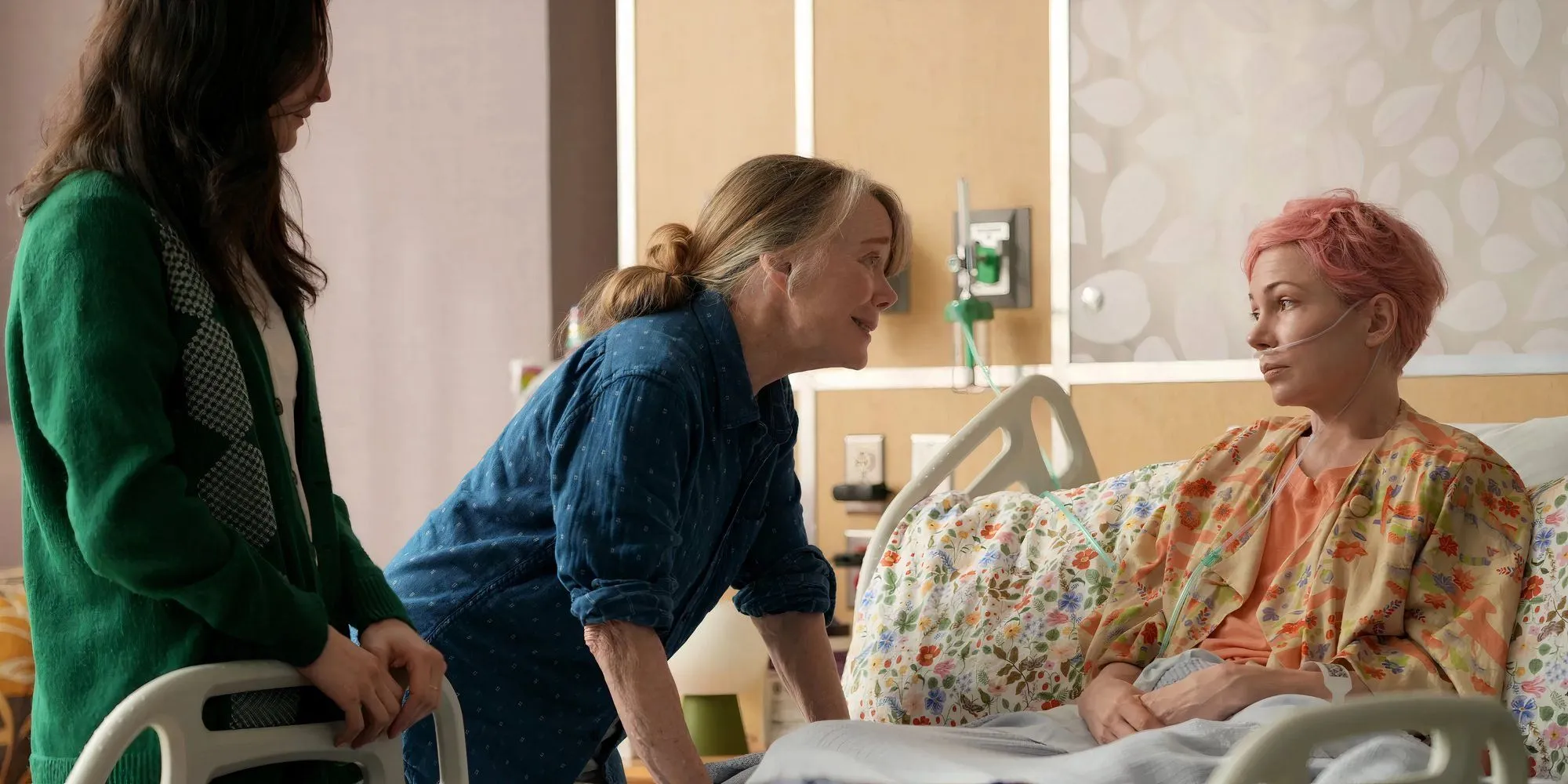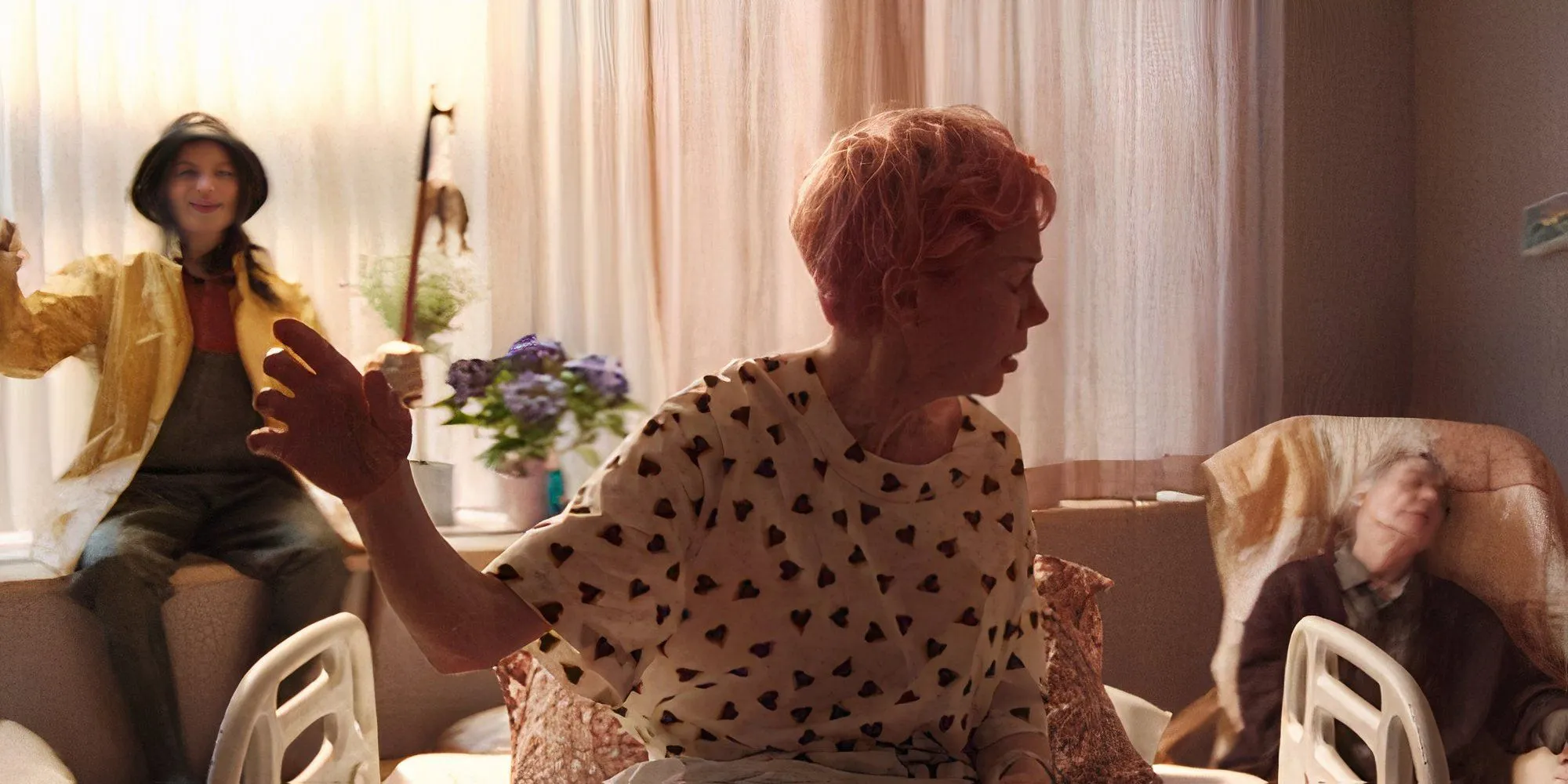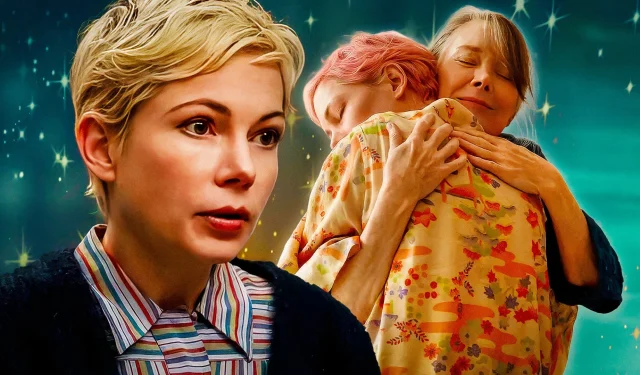Trigger Warning: This article includes discussions surrounding terminal illness and death.
Warning! Spoilers for FX’s Dying for Sex ahead!
It is rare for my personal experiences with death to be accurately portrayed in television or film; however, FX’s Dying for Sex caught me off guard with its authentic representation. Inspired by the podcast created by Nikki Boyer, the miniseries tells the story of her best friend, who faced Stage IV breast cancer. Without prior knowledge of the podcast, I initially anticipated a melodramatic narrative revolving around a “dying lover.”Instead, I found the series focused more on Molly’s sexual liberation through her experiences rather than a traditional romantic storyline. The latter episodes, however, do not shy away from the raw reality of Molly’s impending death.
In 2019, I found myself on a poignant journey, witnessing a beloved individual succumb to a terminal illness. While I had faced loss before, this experience marked the first time I actively participated in the entire dying process. My role involved coordinating hospice services, crafting a plan for her comfort and pain relief, and closely following the knowledgeable guidance of our dedicated nurse. For several days, I remained by her side, ultimately holding her hand as she took her last breath. It was an unforgettable, life-altering experience that broadened my understanding of death, and I was astonished to see parallels of this experience illustrated in Dying for Sex.
Dying For Sex Reflects the Stages of Death with Striking Accuracy
A Personal Reflection Through the FX Series

Typically, films and series featuring terminally ill characters gloss over the nuances of the dying process. When death is depicted, it often unfolds in a dramatic and abrupt fashion, leading me to believe that terminal illness culminated in a sudden failure of the body. This perception changed drastically after my firsthand experience, causing me to notice how misrepresented death is in popular media. In contrast, Dying for Sex offers a refreshingly realistic portrayal.
As Molly decides to stop treatment and transition into hospice care, Nurse Amy guides her through the process. She explains that our bodies inherently understand how to die, a journey that unfolds in stages—some lasting days or weeks. I was fortunate to have a similarly compassionate hospice nurse who articulated the dying process with clarity, and thankfully, everything she described came to fruition. Though I mourned the loss profoundly, I found a sense of beauty in the serene nature of my loved one’s passing.
But death is not always graceful; Dying for Sex does not shy away from depicting the more difficult aspects. The body’s decline can be quite unappealing. In those final moments, physical changes are stark—limp hands, open mouths, and uneven breaths. Molly’s death scene mirrored this reality—unrefined yet poignantly moving.
Nurse Amy’s Passionate Portrayal Offers a Different Perspective on Death
Shifting the Narrative on Conversations About Death

Nurse Amy emerged as my favorite character in the series. While I had a compassionate hospice nurse during my loved one’s passing, she didn’t exhibit the same over-the-top enthusiasm for death we find in Molly’s caregiver. Amy’s vibrant love for her role shone through as she explained the dying process with excitement, even referring to some stages as her “favorites.” This comedic element resonated ironically with the gravity of the subject matter, yet it carried a deeper, essential message.
She described the “rally”phase of dying—a brief period where an individual may appear to regain vigor just before their passing, allowing precious final moments with family. Amy’s analogy comparing death to childbirth or even orgasm struck a chord with me. Reflecting on my time with my loved one evoked memories of awaiting the arrival of new life. While the energy surrounding these experiences is different, the central theme of observing a natural, transformative process remained remarkably similar. This understanding of death, once daunting, became more approachable, echoing sentiments expressed by many hospice nurses. To Amy, the dying process was “sacred,” a notion I found myself gravitating toward even without religious beliefs.
Comedic Elements Enhance the Portrayal of Death in Dying for Sex
The Role of Humor in Facilitating Conversations About Death

Perhaps the most striking aspect of Dying for Sex is its adept use of humor within the context of death. While the topic is undeniably somber, I have discovered that it is impossible to sustain sadness throughout the entirety of the experience—there comes a point where the tension must be broken. Laughter serves as one of the best forms of therapy, and the series perfectly captures this with Molly’s passing.
Nurse Amy’s warnings about Molly passing while her mouth was grotesquely ajar turned into a comical moment when Nikki, true to her love, attempted to close her friend’s jaw. I worried that the show might stray from reality, yet Molly’s mouth clapped open comically, prompting Nikki to secure her hoodie beneath it. This lightheartedness allowed me to find joy amidst tears, illustrating the series’ comedic finesse throughout every episode.
The strategic use of humor enabled Dying for Sex to address painful topics without overwhelming the audience. Many films and shows tend to shy away from uncomfortable discussions, yet this FX series went all in. Much like real life, dark humor serves its purpose to ease the burden of serious subjects.
The Importance of Accurate Death Representation in Media
Addressing the Dangers of Romanticized Death Narratives



My experience watching a loved one pass away fundamentally altered my viewpoint toward death. It equipped me with clarity and strength to approach a subsequent situation similarly in 2024 when I found myself at the bedside of another terminally ill loved one. Although I wasn’t present for that person’s last moments, the wisdom gained from my first experience prepared me for what lay ahead, especially during their rally. We spent those precious moments enjoying lighthearted laughter over You’ve Got Mail before dozing off together. Without the knowledge gained through the dying process, I may have succumbed to panic or, worse yet, held an unfounded belief that she was on the road to recovery.
Given that most people will confront the loss of a loved one at some point, having a realistic perception of what to expect can profoundly influence how they cope and remember that experience.
Unfortunately, during the final days of my second loved one, the hospice nurse did not offer the same level of informative support, leaving their family feeling perplexed and lost. I found this situation distressing, as they were not aware that the depiction of death in media often fails to reflect reality. For this reason, I am forever grateful for Dying for Sex‘s authentic portrayal of the dying process. Understanding how to navigate loss is crucial for many, and realistic media representations can be pivotal in shaping those experiences. While media may never be flawless, Dying for Sex is undoubtedly a step toward truthful storytelling.


